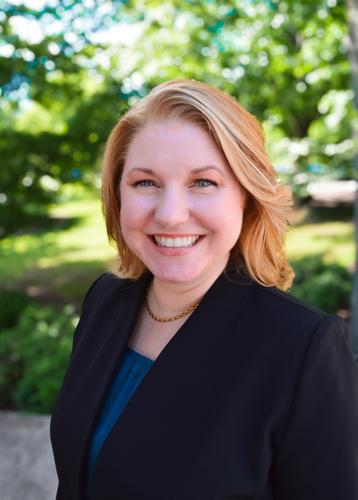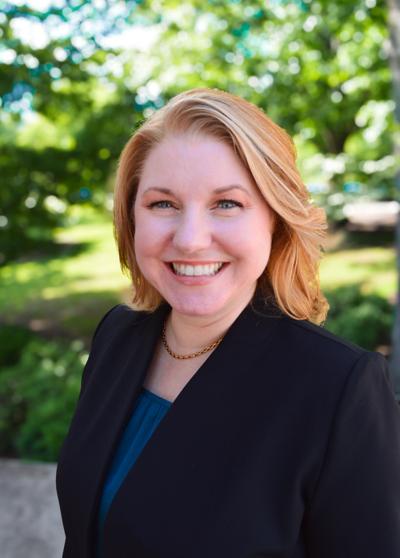John Tukey, a famous statistician, once said, “The best thing about being a statistician is that you get to play in everyone’s backyard.” That’s so true.
As a statistician, I’ve had the chance to “play” in many other backyards, too. Those metaphorical yards include engine oils, automotive paints, bullet-resistant body armor, medical device packaging, cancer detection, flu virus spread, crop yields, and invasive plant species. Other statisticians work in finance, technology, or public policy. In all of these areas, we transform relevant data into information to help teams make decisions in the face of uncertainty.
In one case, though, playing in “everyone’s backyard” has not been metaphorical. I, along with a team of Virginia Tech doctoral and master’s statistics students, have played in your real backyard — or anywhere else that excavation occurs.
People are also reading…
If you’ve ever had cable installed, put in a fence, or done landscaping, you (hopefully) contacted Virginia 811. (It’s the law to call before any excavation.) Virginia 811 is Virginia’s not-for-profit underground utility locator service. You call them or submit a ticket online, and they notify utility companies — including gas, electric, water, sewer, and telecommunications. The utility companies then send representatives to mark the location of any underground lines in the area to be excavated. By providing this service, Virginia 811 helps protect utilities and property from damage. More importantly, the company helps protect human lives.
So what does statistics have to do with spray-painting the ground to mark a gas or electric line? A lot, actually. Virginia 811’s forward-thinking CEO, B. Scott Crawford, reached out to the Statistical Applications and Innovations Group (SAIG) at Virginia Tech in 2020 with an interest in using analytics to audit the quality of locate request tickets entered their system.
What’s a locate request ticket? It’s the record of your excavation request submitted to Virginia 811. Each ticket contains contact information, the address of the property to be excavated, and a description of the excavation area (for instance: “entire property,” “front landscaping bed,” “perimeter of backyard,” and so on). Given the potential consequences — utility damage, property damage, even loss of life — Virginia 811 is serious about ensuring this information is accurate and high-quality. Safety concerns occur when there is inaccurate, incomplete, or confusing information on a ticket which could impact the ability of locators to accurately mark the excavation area.
That’s where statistics enter the scene. With the help of several SAIG students, we used Virginia 811 ticketing system data to build a model that quantifies the risk of inaccurate information that could pose safety concerns. For example, if the address on a ticket exactly matches an address in the Virginia 811 map database, the safety risk is lower. If the address doesn’t match exactly, the risk increases. Our analysis also showed that long or complex descriptions of the excavation area — and the use of directional terms (“north,” “northeast,” etc.) — were associated with increased safety concerns. We were also able to use data from maps in the form of areas determined by latitude and longitude coordinates. If the excavation area on the map covered the entire parcel of land at the excavation address, there was a reduced risk of safety concerns.
In the end, we developed a model Virginia 811 now uses to audit tickets and flag those that need further inspection and clarification. This helped them shift from randomly auditing 30% of tickets to screening 100% — identifying about twice as many safety concerns. We even put on our data science hats and wrote computer code so they could calculate a risk score in real time. So maybe — just maybe — the VT SAIG team has made your backyard a little safer.















